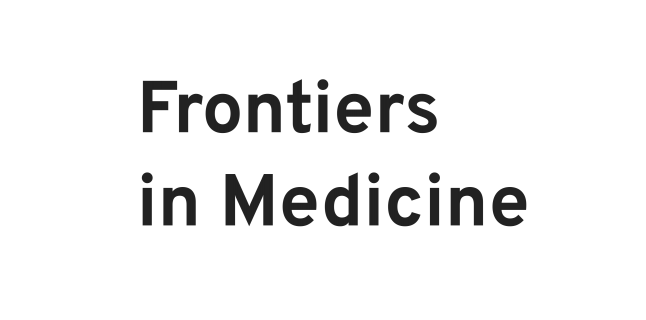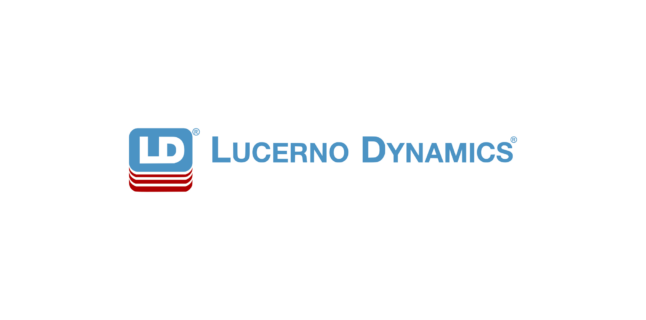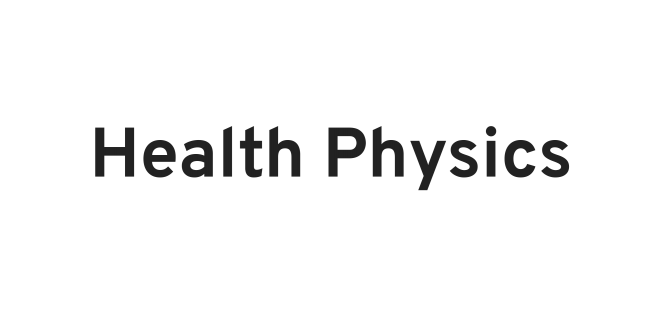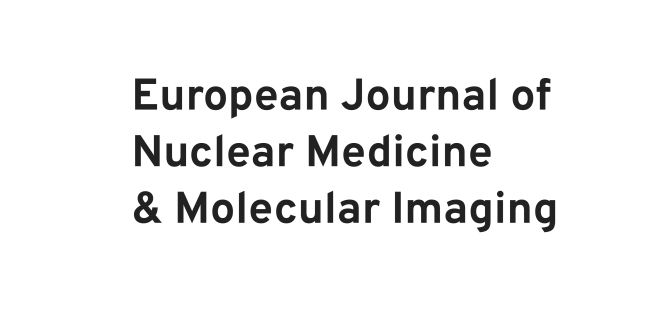Newsroom

Radiopharmaceutical extravasations: a twenty year mini-review
This mini-review will examine the literature of the last twenty years to summarize the history of radiopharmaceutical extravasations, determine key trends in imaging and therapies, and highlight critical gaps in research that currently exist. Full Text

The decision to reimage following extravasation in diagnostic nuclear medicine
To provide high quality service, nuclear medicine departments as well as the interpreting radiologist physicians should be cognizant of the possible need to repeat studies which have been affected by an extravasation. Full Text

Active monitoring improves radiopharmaceutical administration quality
Our findings suggest that active monitoring and the associated display of results are critical to quality improvement efforts to reduce and sustain radiopharmaceutical extravasation rates. Full Text

Transparency – a patient-centric view on radiopharmaceutical extravasations
From the patient perspective, transparency regarding extravasations is essential to improving care, ensuring radiation protection, reducing health inequities, and untangling the deeply disturbing and irregular relationship between the nuclear medicine community and their regulating body, The U.S. Nuclear Regulatory Commission. Full Text

Lucerno Dynamics Submits ‘Information Correction Request’ to Address NRC Extravasation Reporting Decision
Lucerno informed the US Nuclear Regulatory Commission (NRC) that a key document used to develop the patient injury reporting criterion did not meet NRC’s requirements for information quality. Asks NRC to immediately issue Interim Staff Guidance. Press Release

Extravasation of radiopharmaceuticals: Why report?
Steps can be taken by radiation protection personnel at medical institutions to educate practitioners and staff about extravasations, their risks and what steps can be taken to reduce their occurrence. Further research needs to be performed to better understand the incidence rate, categorization, causes, and methods of prevention. Full text

NRC Commences Rulemaking to Close Loophole in Nuclear Medicine Safety
U.S. Nuclear Regulatory Commission accepts Lucerno’s petition for rulemaking and directs the commencement of a rulemaking process to close an outdated loophole in nuclear medicine safety regulations. Press Release

Practical Tools for Patient-specific Characterization and Dosimetry of Radiopharmaceutical Extravasation
Accurate extravasation dosimetry requires characterization of the event. In this work, we developed three extravasation characterization and dosimetry tools, validated each against published data, and demonstrated their utility in a realistic clinical workflow. Full Text

Development of a classifier for [18F] fluorodeoxyglucose extravasation severity using semi-quantitative readings from topically applied detectors
The topical detector binary classifier, calibrated using quantitative static PET measurements, significantly improves extravasation detection compared to qualitative image analysis. Full Text

House-Passed Appropriations Bills Advance Nuclear Medicine Safety, Transparency
Lucerno announced that Fiscal Year 2023 bills passed this week by the U.S. House of Representatives include critical language to improve the safety of nuclear medicine treatments and increase transparency within the American healthcare system. Press Release

Extravasation Reporting Pros and Cons
In 2020 the Health Physics Society (HPS) submitted a public comment, unsupported by science, to the Nuclear Regulatory Commission regarding the reporting of extravasations. In early 2022, the radiation protection journal, Health Physics, provided a forum for discussing the HPS public comment. Lucerno, patients, experts, and HPS members provided written responses to the HPS public comment.

2022 Omnibus Includes Nuclear Medicine Patient Safety, Transparency Provisions
Lucerno announces Fiscal Year 2022 Omnibus Appropriations Act preserves critical language to protect the safety of nuclear medicine patients and enhance transparency within the American healthcare system. Then attach the press release below for full text. Press Release
